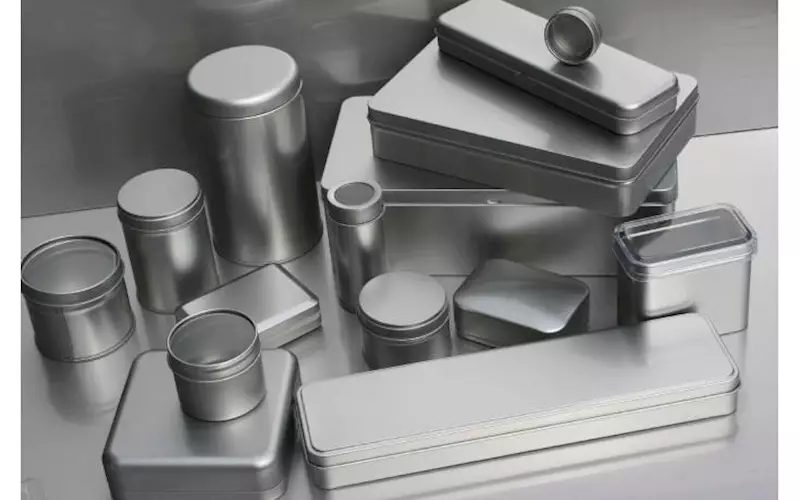Metal packaging boom to continue, says Smithers
Smithers study finds that Covid-era growth will continue for the booming USD 127 billion global metal packaging market.
18 Feb 2022 | By Aultrin Vijay
The desire for more recyclable packaging and new demand in emerging markets will help drive future demand for beverage cans and other metal packaging through to 2027, according to the latest exclusive market study from Smithers – The Future of Metal Packaging and Coatings to 2027.
Metal packaging has seen distinct gains since 2019 as a result of the global pandemic – an extra USD 10.7 billion has been added to global sales across 2020-2021 – due to a strong uptake of food cans, and continued growth of beverage cans. This has more than compensated for losses in non-consumer formats such as industrial bulk containers, industrial drums and barrels, which were impacted by reductions in shipping volumes, as demand for oil and other commodities collapsed temporarily.
Worth a projected USD 127.3 billion in 2022, Smithers’ research forecasts a future global compound annual growth rate (CAGR) of 2.9% pushing total value to USD 147.1 billion in 2027.
The segment will continue to be led by beverage cans, which accounted for nearly 80% of growth in 2021 – equivalent to an extra 383 billion cans sold. To capitalise on this, several major can converters have announced new plants or increased the capacity of existing production lines. Combined Ball, Crown, Ardagh, and CanPack will invest an estimated $10 billion in new equipment across 2020-2025, adding an extra 100 billion units of capacity to global can production.
The rise in demand for food cans was also pronounced especially at the beginning of the pandemic, enabling consumers to shop less frequently reducing their risk of contracting Covid. There was also a dramatic increase in online sales, where ambient products could be shipped from the producer or distributor direct to home without refrigeration.
Growth in all segments will not be trouble free however, with some supply chain disruption. More significantly through H2 2021 converters have been confronted by rises in the costs for raw materials, energy, and transport – factors that will continue to dominate industry thinking through H1 2022.
Metal packs already have a well-established recycling industry. Environmental, social, and governance (ESG) performance is increasingly important in the FMCG segment post-Covid, metal packs are increasingly being trialled as greener replacements for rigid plastic packs. This includes both beverages and some food applications, as well as innovative premium designs for use in personal care, and the emergence of refill packaging formats.
Capitalising on this will support the parallel development of new technologies, including the integration of Industry 4.0 concepts to boost efficiency and order turnaround; superior decoration technology – including direct-to-can print and embellishment – for luxury goods; integration of can manufacturing and filling in a single plant; developing alternatives to BPA in coating applications.
Within the industry further circular economy gains will be achieved by further lightweighting of can constructions, and the introduction of new fixtures and aerosol designs.











 See All
See All